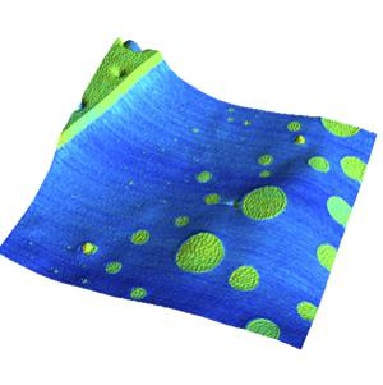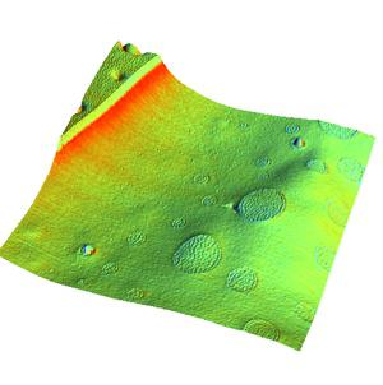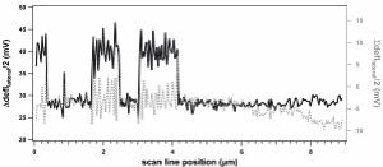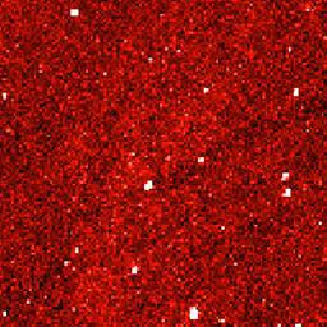instrument de mesure
Affichage de 25–29 sur 29 résultats
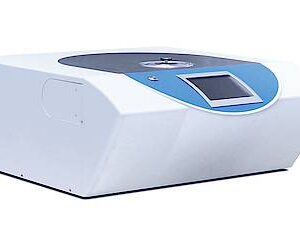
Linseis STA PT 1000
Le STA PT1000 de Linseis est une thermobalance chargée par le haut, ce qui la rend très ergonomique. La thermobalance permet la mesure d’un échantillon d'un poids de 5 ou 10 g. Le four est spécialement conçu par nos ingénieurs pour permettre un chauffage et un refroidissement très rapide, ainsi qu'un contrôle de température très précis. Le système peut être équipé en option d'un dispositif de couplage pour l'analyse des gaz émis (EGA - Evolved Gas Analysis). L'appareil est généralement utilisé pour l'analyse de la composition, la stabilité thermique et les études d'oxydation.
Caractéristiques:
- Une balance chargée par le haut avec une résolution inférieure au microgramme
- Plage de température allant de la température ambiante jusqu'à 1000°C (température de l'échantillon)
- Systèmes de mesure échangeables TG - DTA/DSC
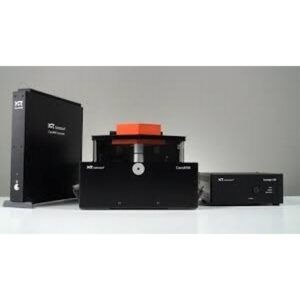
Nanosurf – CoreAFM
La meilleure recherche AFM
- Recherchez l'AFM à un prix compétitif
- Système intégré avec un faible encombrement
- 33 modes et fonctions
- Manipulation facile

Nanosurf – Flex-Axiom — AFM for materials research
Versatility, performance and seamless application extensions
- Easy to use and high performance
- High resolution and low-noise design
- Modes and accessories to handle all your research needs
- Extremely modular to keep you productive
- Upgradable for life science and operation on large stages
Applications
- Imaging of samples in air and liquid
- Advanced mechanical, electrical and magnetical modes
- Electrochemical AFM
- Environmental control
- Scanning thermal microscopy and nano thermal analysis (SThM and Nano-TA)
- Advanced force spectroscopy
Lateral force microscopy on polystyrene-polybutadiene blend
The lateral force imaging mode was used to image local friction differences between the two polymers
Polystyrene and polybutadiene are shown to have quite different surface propertiesElectrochemical AFM
This report demonstrates the capability of the FlexAFM in studies of charged solid-liquid interfaces
In order to carry out electrochemical(in-situ)AFM experiments, a conductive sample was mounted in an electrochemical liquid cell and connected to a lab-build bipotentiostat. We employed Clavilier-type Au(111) single crystal bead crystal electrodes with facets of micrometer-wide terraces. As examples, we studied the lifting of the Au(111)-(pxV3)reconstruction, surface oxidation as well as the growth and dissolution of copper clusters in sulfuric acid solution.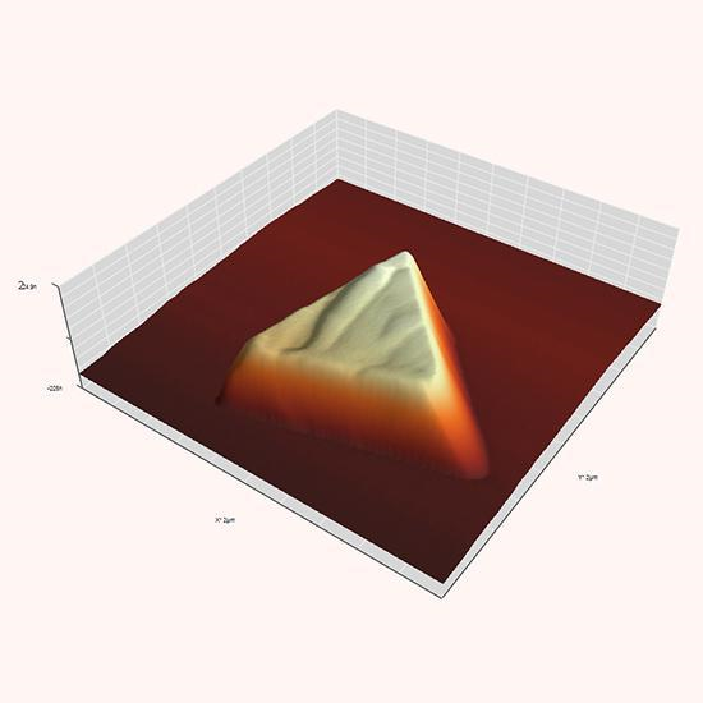
3D Copper cluster grown on Au(111)
KPFM using the Nanosurf FlexAFM
Kelvin probe force microscopy imaging
Kelvin Probe Force Microscopy (KPFM) is an extension of AFM. The technique was first published in 1991 by Nonnenmacher and coworkers. Using KPFM, images can be recorded that contain information on the local work function or local contact potential difference between tip and sample. Although all Nanite systems with an SPM S200 controller and all current Easyscan 2 AFM systems are in principle capable of performing KPFM, the FlexAFM has demonstrated best KPFM performance and is therefore the instrument of choice for this type of measurement. For a detailed description of requirements and procedures, please contact Nanosurf support.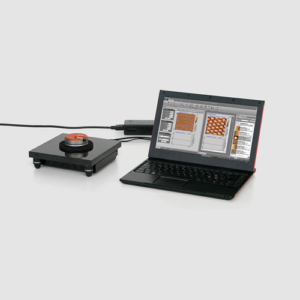
Nanosurf – NaioSTM — STM for nanoeducation
- Atomic resolution in minutes.
- Extremely simple handling and reliable operation.
- Controller and scan head integrated into a single device: just connect USB and power.
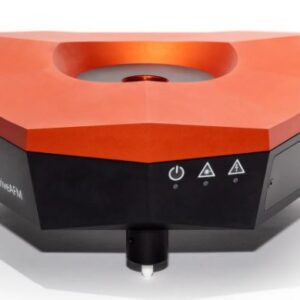
Nanosurf DriveAFM
Le DriveAFM, le nouvel instrument phare de Nanosurf utilise les dernières technologies pour offrir des performances stables et haut de gamme. Il a été conçu pour répondre aux besoins d'une recherche de premier ordre, aujourd'hui et dans le futur.
- CleanDrive : excitation stable dans l'air et le liquide
- Bruit ultra-faible
- Entraînement direct : imagerie haute résolution et grande zone de numérisation
- Système entièrement motorisé : contrôle total via logiciel.

